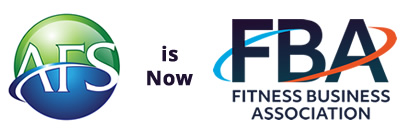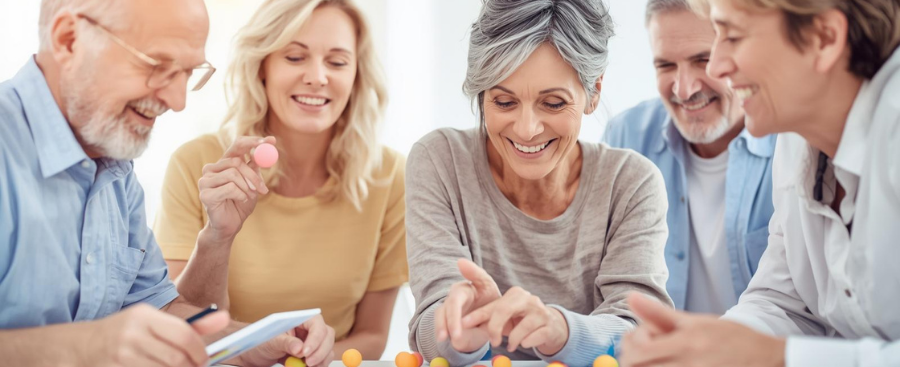 By Cody Sipe, Special FBA Contributor
By Cody Sipe, Special FBA Contributor
Cognitive decline is one of the most alarming concerns facing our population and our industry. Alzheimer’s disease and other forms of dementia are on the rise, devastating individuals, families, and communities.
More than 6 million Americans have it, according to the Alzheimer’s Association. It’ll double in 25 years.
Most people are unaware that physical activity, when paired with the right mental engagement, can protect their brain health.
They haven’t heard of dual-task training.
Dual-task training blends a physical task with a novel cognitive challenge. Picture a client walking while recalling a grocery list. Or performing step-ups while answering a new series of questions.
Emerging research shows that this type of training activates more areas of the brain than traditional movement alone. Studies have linked dual-task training to improvements in memory, processing speed, balance, gait stability, and even fall prevention — all of which are critical in the context of cognitive decline.
One paper in Frontiers in Aging Neuroscience concluded that combining movement with mental tasks led to measurable gains in executive function among older adults. Another, from the Journal of Alzheimer’s Disease Reports, noted that dual-task interventions can improve both motor and cognitive performance—and may even help delay the onset of dementia symptoms.
In short, dual-task training offers the first real hope for prevention of Alzheimer’s and other forms of dementia.
Before we get into it in detail, it’s helpful to understand the theory of why dual-task training is so powerful.
Ancient Origins
It comes from human evolution.
Our ancestors didn’t sit in classrooms or offices. They roamed, hunted, gathered, and navigated constantly changing environments and threats. Anthropologists propose that our brains co-evolved with movement, shaping neural systems that thrive on physical activity and novel mental challenges.
So, when we combine movement with the right kind of mental engagement, we reconnect to those ancient design patterns.
We’re not talking about crossword puzzles at the breakfast table.
What It Looks Like in Practice
You’ve probably already incorporated elements of dual tasking without even knowing the phrase.
State-of-the-art gaming equipment offers sophisticated training. But examples can be as straightforward as:
- Balancing on one leg while recalling words from a category (fruits, cities, etc.)
- Navigating a simple obstacle course while following verbal cues
- Tossing a ball back and forth while doing a memory drill
These combinations challenge the brain’s ability to coordinate, prioritize, and stay focused. These are the skills that are often the first to slip as dementia sets in.
If you train older adults, you know they’re not just coming to you for fitness. They’re coming to preserve their independence, to stay mentally sharp, and to enjoy the life they’ve built.
Dual-task training speaks directly to those goals. And we all need to learn more about it and how to talk about it so clients and prospects of every generation understand.
It integrates seamlessly into functional training, fall prevention, balance work, and cognitive stimulation.
It’s scalable for all ability levels.
And it has the added benefit of being social, engaging, and fun – that gaming element. We know how important these traits are in driving long-term motivation and results.
A New Layer of Effect
As fitness professionals, we are in a powerful position to contribute to brain health in a meaningful way.
Public awareness and fear of dementia will keep growing. So will demand for solutions.
It’s up to us – to all of us – to become the trainers, coaches, and instructors who can provide them.
Dual-task training is a practical, research-supported strategy for helping clients stay mentally and physically resilient.
There’s so much to learn as we prepare for this challenge. But you can start layering in small, thoughtful challenges that ask the brain to stay in the game while the body moves.
That one simple shift in your mindset could make all the difference for your clients and for the future of fitness.
Cody Sipe, MS, PhD, DipACLM, is an author, award-winning fitness professional, international educator, researcher, and active aging expert who has worked with older adults for over 30 years. He is a Full Professor in a University Doctoral Physical Therapy Program; CEO of Marbles Fitness (the first brain gym franchise for older adults); and co-founder of the Functional Aging Institute.


Join the Conversation!